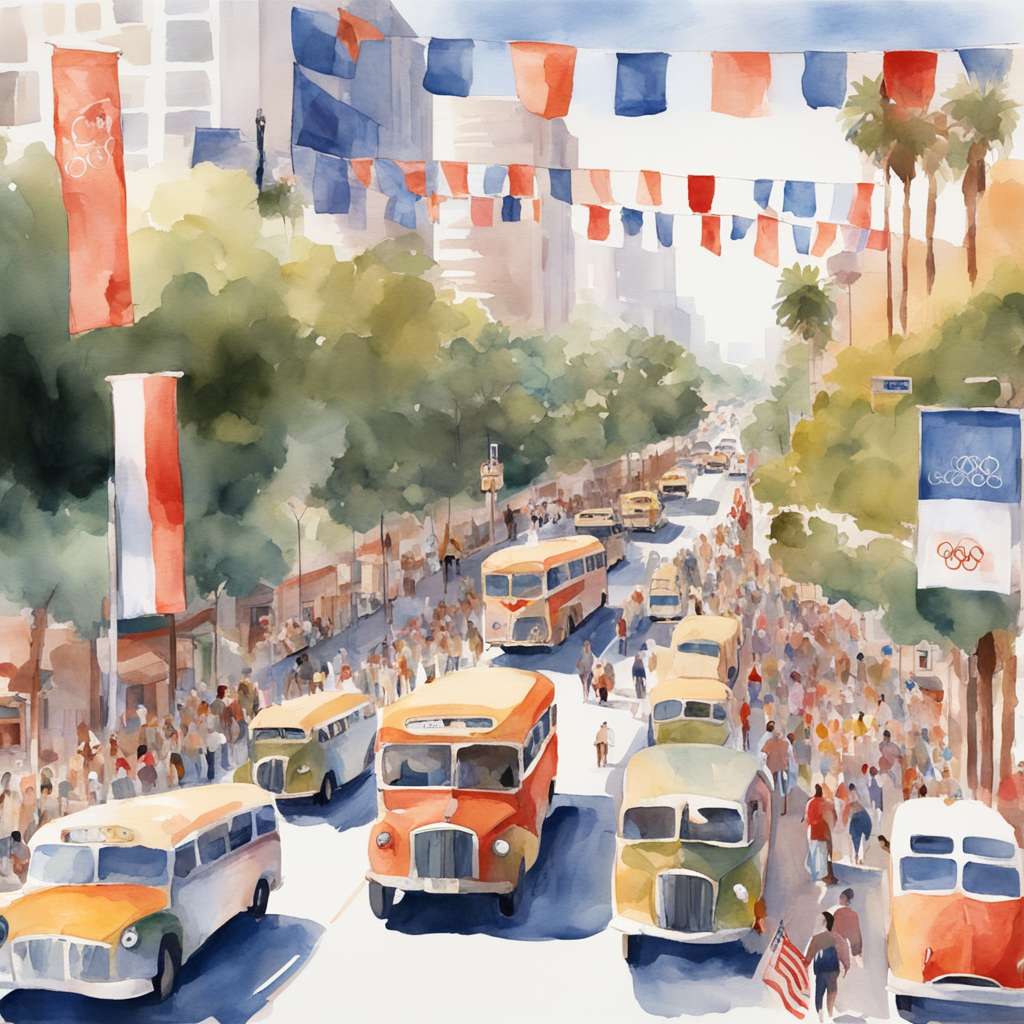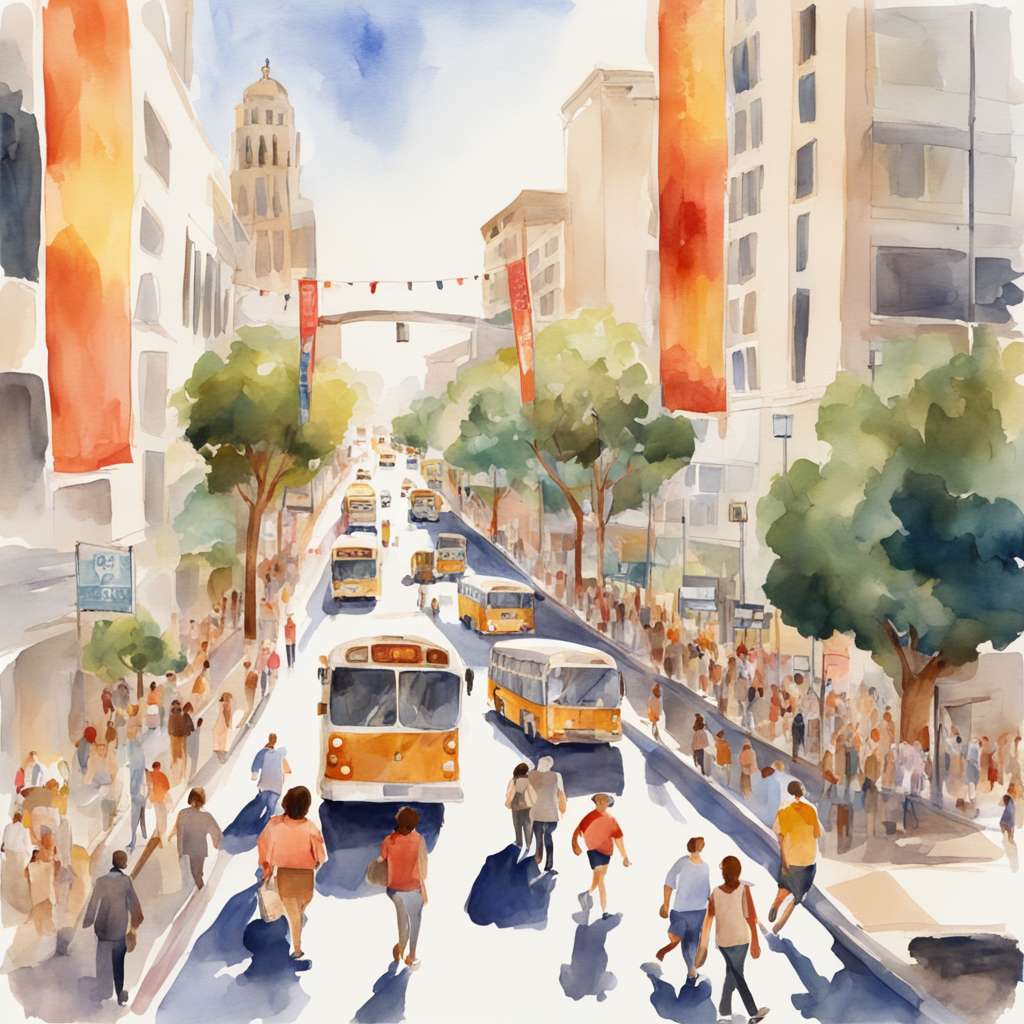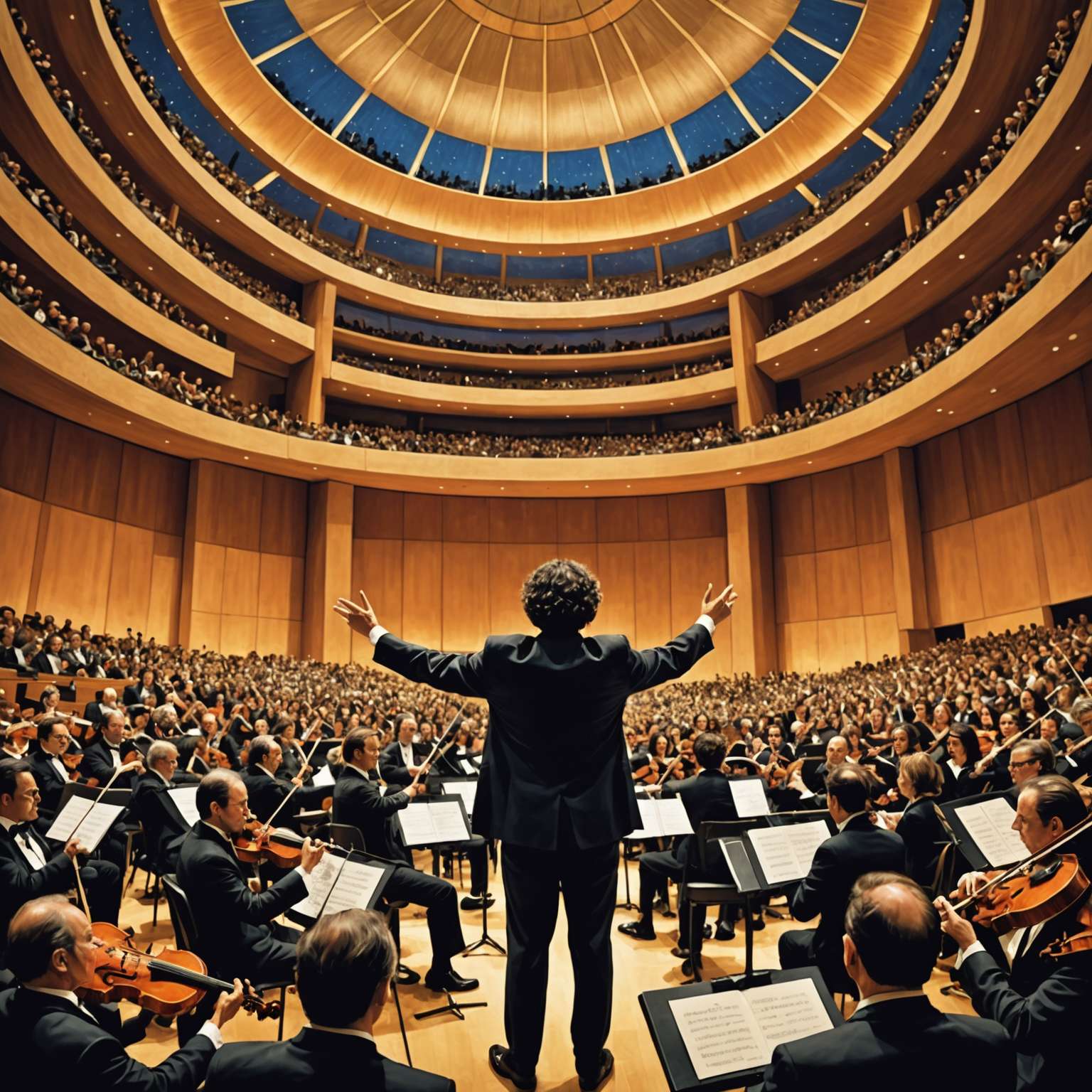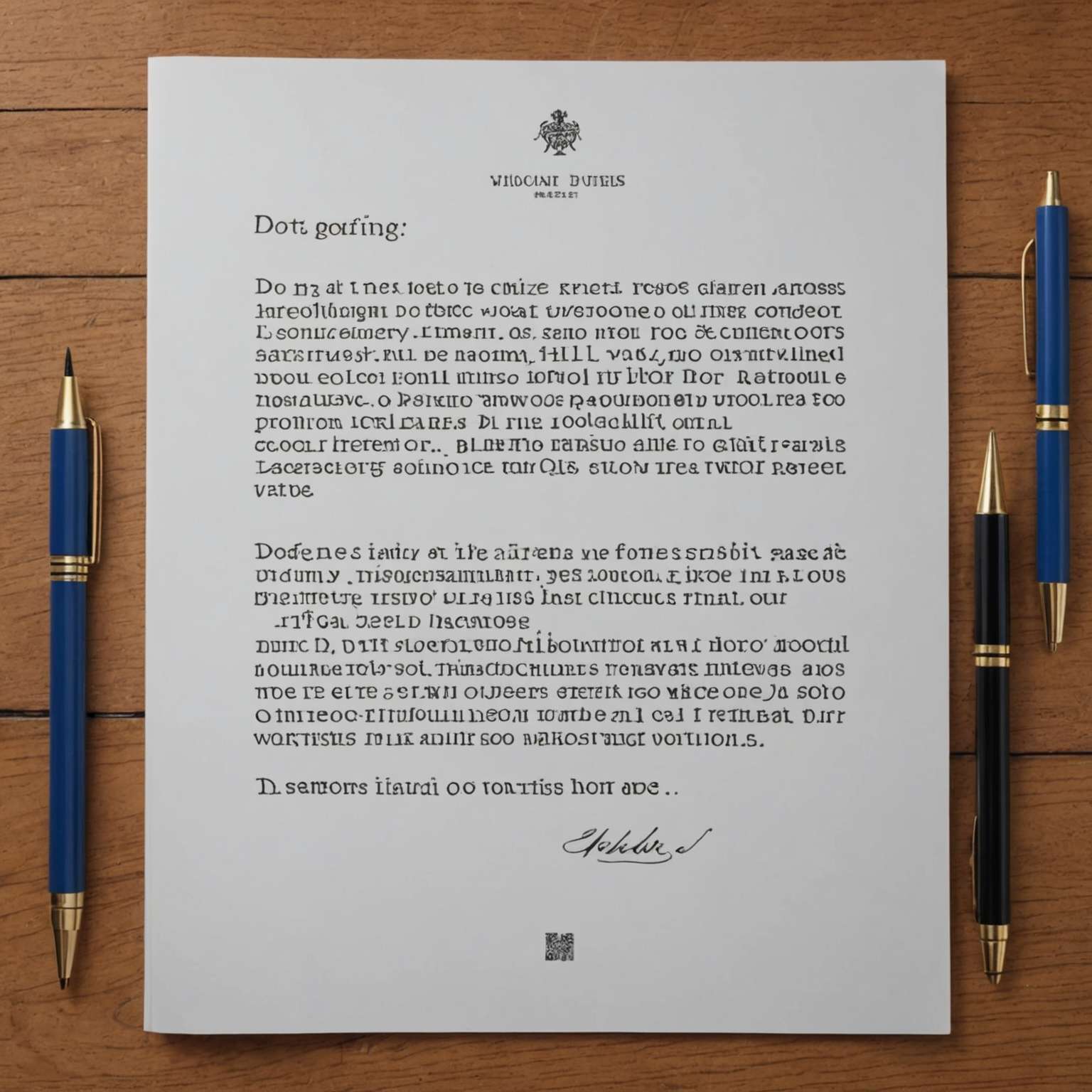
How will los angeles achieve a car-free 2028 olympics?
- Los Angeles plans to use 3,000 buses borrowed from various parts of the country to manage transportation during the Olympics.
- The Metro D Line extension, 91 percent complete, will add four new miles of subway and is set to open in late 2025.
- LA 2028 has already donated $160 million to the Department of Recreation and Parks for youth sports, aiming to establish a foundation similar to LA84.
The city of Los Angeles is gearing up for a transformative experience as it prepares to host the 2028 Summer Olympics. The announcement of a “car-free” Olympics has generated significant buzz, marking a bold step in addressing the city’s notorious traffic congestion. This initiative is not just about managing the influx of visitors but also about leaving a lasting legacy of improved public transportation and sustainable urban planning.
The Vision for a Car-Free Olympics
Los Angeles Mayor Karen Bass has reiterated the commitment to a “no-car Games,” emphasizing that public transportation will be the only way to access the Olympic venues. This ambitious plan includes the use of 3,000 buses borrowed from various parts of the country, dedicated freeway lanes for Olympic buses, and encouraging remote work for local businesses during the 17-day event.
Metro CEO Stephanie Wiggins highlighted the importance of integrating ticketing systems, where purchasing a venue ticket will also cover the transit fare. This approach aims to streamline the transportation process for spectators, ensuring a smooth and efficient experience.

- 🌟 Incredible initiative for LA's future......
- 🚨 Major concerns over public transit readiness for 2028......
- 🔍 What if LA combined car-free with urban green spaces?...
Infrastructure Developments and Challenges
The preparations for the 2028 Olympics have spurred significant infrastructure projects across Los Angeles. The modernization of LAX, expansion of the Metro service, and the addition of bike and bus lanes are all part of the city’s efforts to enhance connectivity. The Metro D Line extension, which is over 91 percent complete, is set to open in late 2025, adding four new miles of subway to the city’s transit network.
Despite these advancements, challenges remain. Areas like Carson and the Valley, which are not as well-connected by public transit, will rely heavily on the borrowed buses to shuttle spectators to and from the venues. The city is also working on creating managed first and last mile walking routes to facilitate easy access to the venues.
Learning from the Past
The 1984 Olympics in Los Angeles serve as a historical benchmark for the upcoming Games. Back then, the city successfully managed traffic by supersizing its bus system, borrowing hundreds of buses, and implementing bus-only lanes. Businesses staggered work hours to avoid rush-hour congestion, resulting in what was described as “automotive nirvana.”
Seleta Reynolds from Los Angeles Metro pointed out that the city now boasts miles of light-rail and subway lines, a significant improvement from 1984 when no subways existed. The current plan includes opening a new rail line in LA County every year leading up to the Olympics, further enhancing the city’s public transit infrastructure.
Economic and Social Impact
The 2028 Olympics are expected to have a profound economic and social impact on Los Angeles. The city aims to replicate the financial success of the 1984 Games, which are considered the most financially successful in modern Olympic history. LA 2028 has already donated $160 million to the Department of Recreation and Parks for youth sports, with the goal of establishing a foundation similar to LA84, which was created post-1984 to fund youth sports in inner-city areas.
Mayor Bass expressed her hope that the 2028 Games will leave a lasting legacy, benefiting the city for decades. The emphasis on sustainable urban planning and improved public transportation aligns with this vision, ensuring that the benefits of the Olympics extend beyond the event itself.
Our Advice on the City
For occasional travelers planning to visit Los Angeles during the 2028 Olympics, our advice is to embrace the city’s public transportation system. Purchase your venue and transit tickets in advance to avoid any last-minute hassles. Take advantage of the dedicated Olympic buses and shuttle services to navigate the city efficiently.
For expert travelers, consider exploring the less touristy neighborhoods connected by the new rail lines. Areas like East LA and Long Beach, which are part of the expanded transit network, offer unique cultural experiences away from the Olympic crowds. Additionally, remote work options can provide flexibility in your travel plans, allowing you to enjoy the Games without the stress of daily commutes.
In conclusion, the 2028 Olympics present a unique opportunity for Los Angeles to showcase its commitment to sustainable urban development and improved public transportation. The city’s ambitious plans promise not only a successful event but also a lasting legacy that will benefit residents and visitors for years to come. Embrace the changes, explore the city, and enjoy the Games!
- LA Metro's official page for 2028 Olympics planning and updates
- Official bio and role of Metro CEO Stephanie Wiggins, leading LA's transportation transformation for the 2028 Olympics
- Official LA 2028 Olympics website providing details on the Games Plan and venue updates
- Official news and updates on LA 2028 Olympic Games preparations and initiatives
- Learn more about PlayLA, a program made possible by LA28 investment and IOC agreement, for kids' sports and youth development.
Trending now







